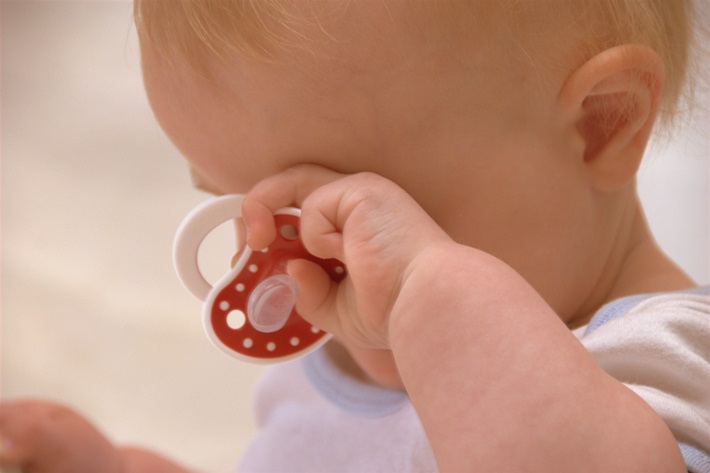
As part of Cataract Awareness Month, we’re providing a series of articles to raise awareness of cataracts in children. This blog is the next in our series and tackles the common signs and symptoms of cataracts.
When your child is particularly young, it can be difficult to identify the early symptoms of cataracts. However, your child’s eyes will be routinely examined after birth and for the first six to eight weeks of their life.
Although these screenings are designed to catch early signs of cataracts, it is possible for cataracts to develop afterward and so it’s important to know what to look out for.
Cloudy lenses
Perhaps one of the most recognisable and commonly known symptoms of cataracts in children, cloudy lenses is an important indicator. Whether your child has a partial cloudy lens in one eye or both, you should seek medical advice as soon as possible.
Poor vision
If you start noticing that your child is having difficulties following people around the room or focusing on particular objects, it could be that they have cataracts that are still in the early stages of forming.
Rapid eye movement
Your child may experience rapid and uncontrollable eye movements which can also be another sign of cataracts. Also known as ‘wobbly eye’, this condition is formally called nystagmus.
A squint
Your child may have developed a squint which involves their eyes pointing in different directions. Also an early sign of cataracts in children, it’s important to seek medical advice should you notice this.
_____________
Read More:
Newborn Baby Skin Care Tips for First Time Mums
Guide to Handling Colicky Baby for New Mums
Tips to Make Your Newborn Comfortable in the Summer Heat
_____________
Blurry vision
It’s important to find out what your child is seeing. Despite external symptoms, there are so much more telling signs of cataracts in children and this can include blurry vision. On its own, and only experienced occasionally, it may seem insignificant but coupled with any of the other symptoms in this list could indicate something more serious.
Faded colours
Similar to blurry vision, if your child is seeing faded colours, this is an indicator that something isn’t quite right.
Bright lights
Seeing lights as too bright or with a surrounding halo is another sign that they could have cataracts developing.
Double vision
Just like blurry vision, double vision can also be an early sign of cataracts. Occasional double vision might be nothing to worry about but it would be worth seeking medical advice anyway.
Depending on the age of your child means it can be harder to spot symptoms earlier on. A child under the age of two is not going to be able to tell you whether they’re experiencing difficulties with their sight, whereas a child over the age of two may have the necessary verbal skills to describe double or blurry vision.
In order to avoid cataracts developing unbeknown, monitor your child’s behaviour carefully and should anything not seem right, or if you simply have any questions, speak to your doctor or paediatrician. Knowing what some of these symptoms look like can go a long way in preventing serious damage should your child develop cataracts.
Resources:
http://www.nhs.uk/Conditions/Cataracts-childhood/Pages/Symptoms.aspx
http://www.childrenshospital.org/conditions-and-treatments/conditions/c/cataracts
{{cta(’29db8acd-fdb8-4abc-a1cc-19662bb6f972′)}}

